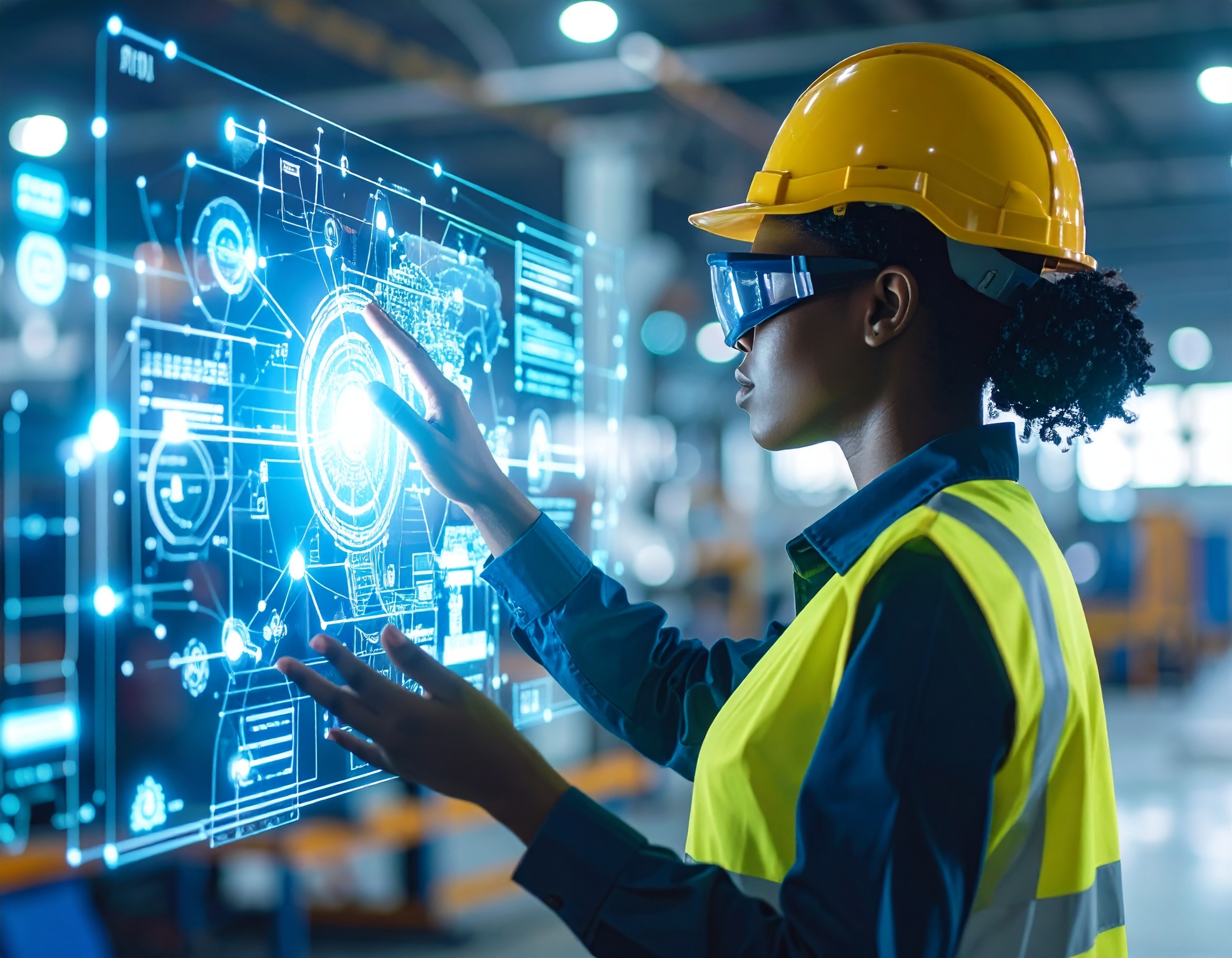The first wave of wearable technology was dominated by fitness trackers and smartwatches, designed to count steps and measure heart rates. Today, we’re entering a new era—Wearables 2.0—where advanced devices are reshaping workplace safety, risk management, and employee well-being. These tools go far beyond fitness, providing real-time insights that can prevent accidents and save lives.
Monitoring Fatigue and Stress
Driver drowsiness, long shifts, and high-stress environments can increase the risk of accidents. Modern wearables equipped with biometric sensors can detect early signs of fatigue or elevated stress levels, alerting both the worker and supervisors before performance is compromised. Early intervention helps reduce errors and improve safety outcomes.
Posture and Ergonomics
In industries like construction, manufacturing, and logistics, musculoskeletal injuries are among the most common causes of lost workdays. Wearables that track posture and movement patterns can provide instant feedback, encouraging workers to lift properly or avoid repetitive strain. Over time, this data helps companies identify and address ergonomic risks.
Chemical and Environmental Exposure
New wearable sensors can monitor exposure to toxic gases, heat stress, or even radiation. By alerting workers in real time, these devices help prevent serious health issues while ensuring compliance with safety regulations. For industries such as oil and gas, mining, and energy, this capability is a game-changer.
From Reactive to Proactive Risk Management
The greatest advantage of Wearables 2.0 is their ability to transform risk management from reactive to proactive. Instead of waiting for incidents to occur, companies can use data-driven insights to predict, prevent, and mitigate risks before they escalate.
Wearables are no longer just fitness accessories—they’re becoming vital safety tools. By embracing these technologies, businesses not only protect employees but also strengthen compliance, reduce claims, and build a resilient safety culture.

